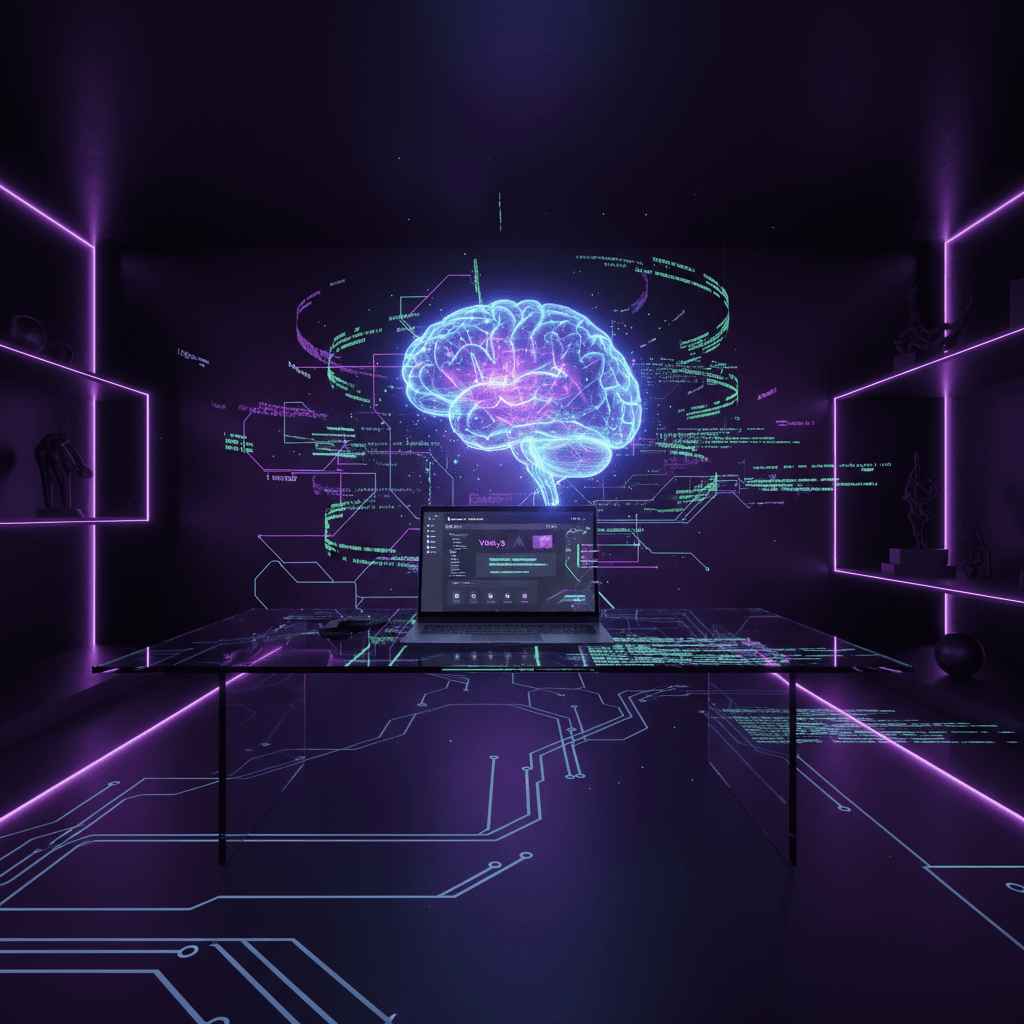Introduction
Neuromarketing for SaaS blends neuroscience with product design to build experiences users can’t put down. In competitive markets where retention is the battleground, understanding brain-driven engagement is a decisive advantage.
As a freelance web developer in Lyon focused on custom application development, I’ve applied these techniques in 50+ SaaS projects. Here are the seven most effective neuromarketing tactics to turn casual users into loyal fans.

1. Progressive Disclosure: Gradual Discovery That Captivates

Reveal features gradually to avoid cognitive overload. Present no more than three elements per screen so users focus on what matters.
Implementation tips
- Adaptive menus that unlock advanced options after repeated use
- Behavior-driven UI that surfaces features based on patterns
- Visual cues (“New”, “Pro”) to guide exploration
Impact
- Higher 30-day retention
- Better discovery of advanced features
- Shorter onboarding time
2. Variable Rewards: Unpredictability Fuels Addiction

Unpredictable rewards trigger stronger dopamine release than predictable ones, prompting users to repeat actions.
Examples
- Personalized insights (“You saved 42 minutes today”)
- Surprise feature tips
- Unexpected badges and achievements
Duolingo’s streaks and surprise rewards show this technique at scale.
3. Investment Loops: Attachment Through Effort

The more time, data, or effort users invest, the harder it is to leave. Encourage personalization, data imports, and accumulating history—exactly how Notion locks in loyalty.
4. Selective Friction: Safeguard the Critical, Streamline the Rest

Introduce friction for irreversible actions (double confirmations, brief delays) while keeping everyday tasks frictionless. Gmail’s “undo send” vs. one-click replies is a textbook example.
5. Flow State: Amplify Deep Focus

Design for Mihaly Csikszentmihalyi’s eight flow conditions: clear goals, immediate feedback, balanced challenge, etc. Provide fluid animations, subtle audio cues, auto-save, and focus modes. Figma nails this with real-time collaboration and low-friction UI.
6. Cognitive Fluency: Familiarity Breeds Trust

Use established design patterns and clear visual hierarchy. Familiar layouts and consistent typography make interfaces feel effortless—Stripe’s dashboard exemplifies this.
7. Habit Formation: Build Daily Rituals

Leverage the cue → routine → reward loop. Keep triggers in consistent locations, deliver morning dashboards, send smart reminders, and celebrate repeated behavior. Headspace’s streaks and reminders create steady habits.
Core Principle: Psychology = Better UX

An addictive SaaS empowers users:
- Helps them reach goals
- Builds a sense of competence
- Keeps them in control of data and experience
Ethical neuromarketing drives genuine loyalty—users stay because the product truly helps.
Valentin Muller: Your Neuromarketing SaaS Expert in Lyon
As a freelance web developer specializing in bespoke applications, I blend engineering with psychology to craft addictive experiences.
What I deliver
- Behavioral analysis to spot friction
- Psychology-informed design
- Advanced A/B testing
- Engagement metrics for healthy retention
Preferred stack
- Vue.js & Nuxt.js
- TypeScript
- WebSockets
- PWA for habit loops
Conclusion
Neuromarketing isn’t about manipulation—it’s about aligning with how the brain works to deliver real value. By combining these seven techniques with solid engineering, you build SaaS products users love—and keep using.
Let’s partner to turn your concept into an irresistible, high-performing digital product.






